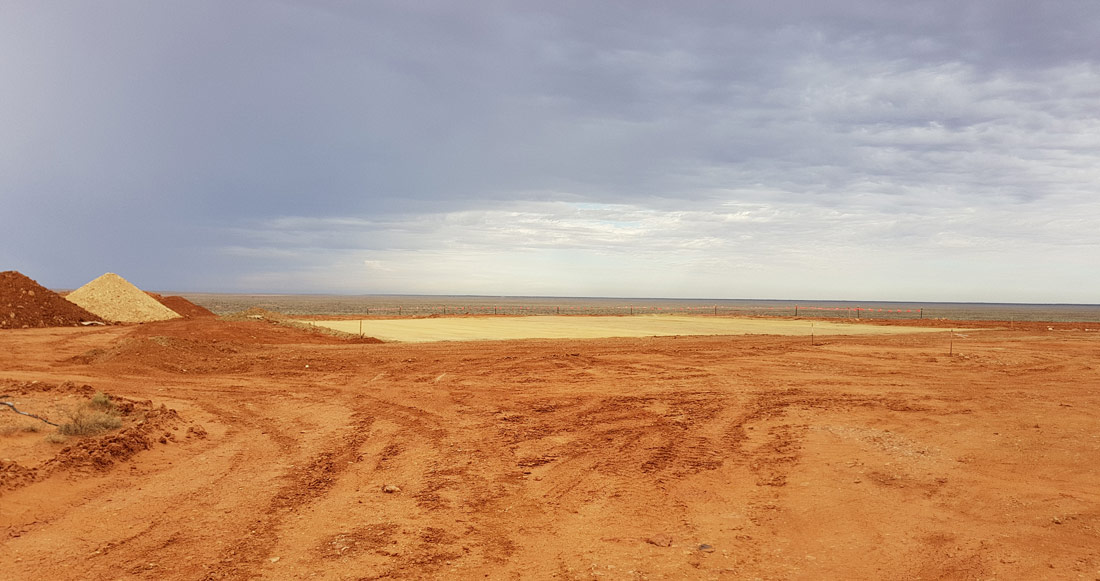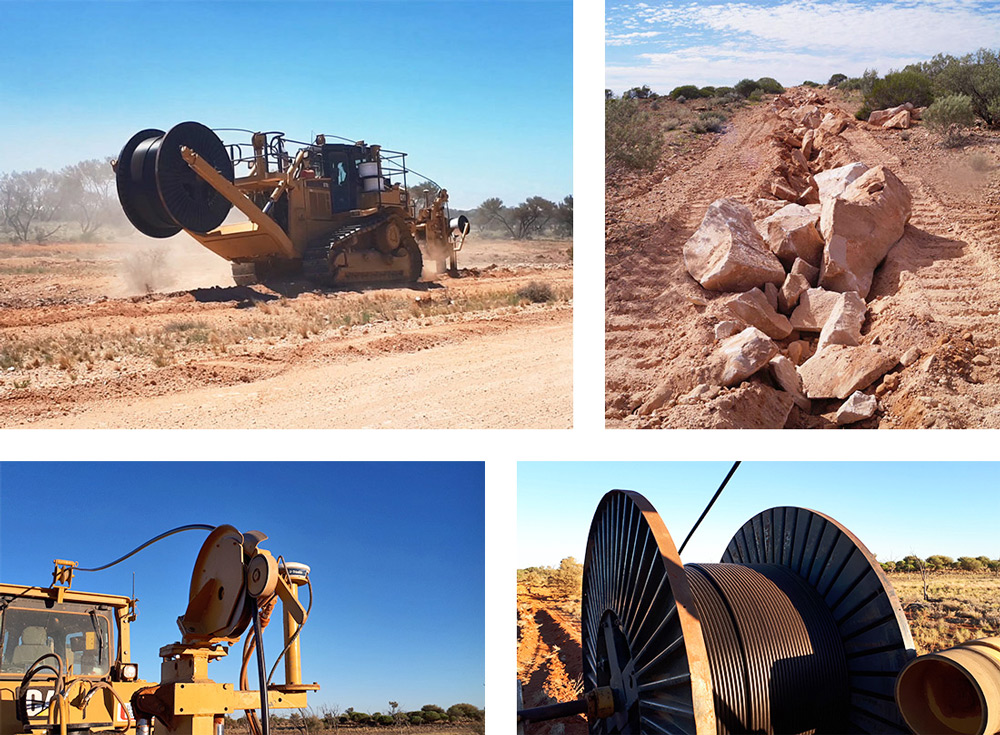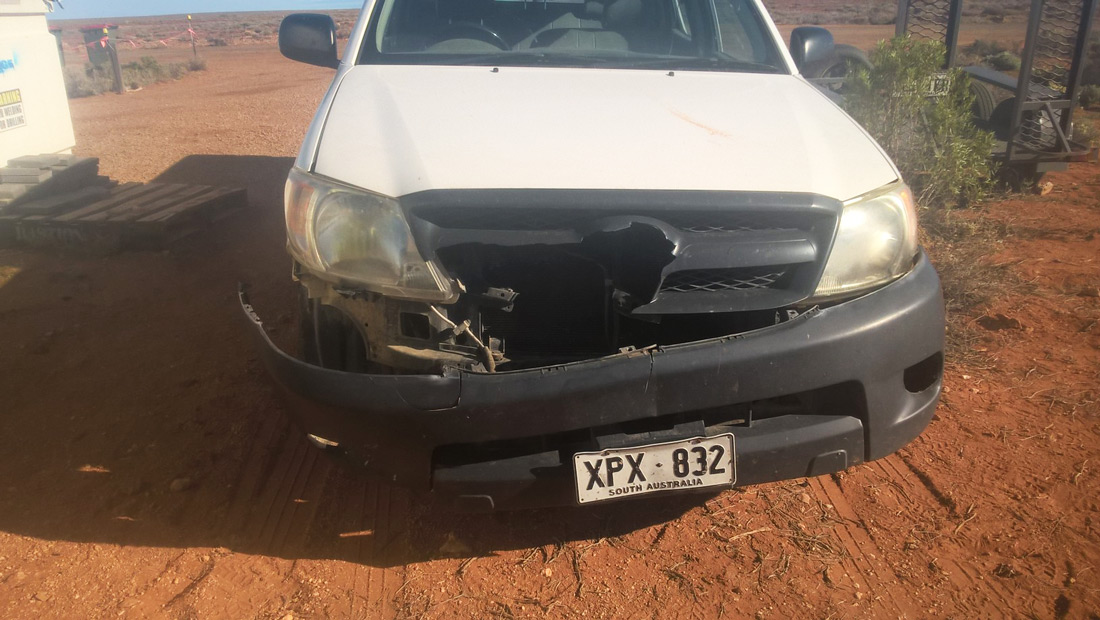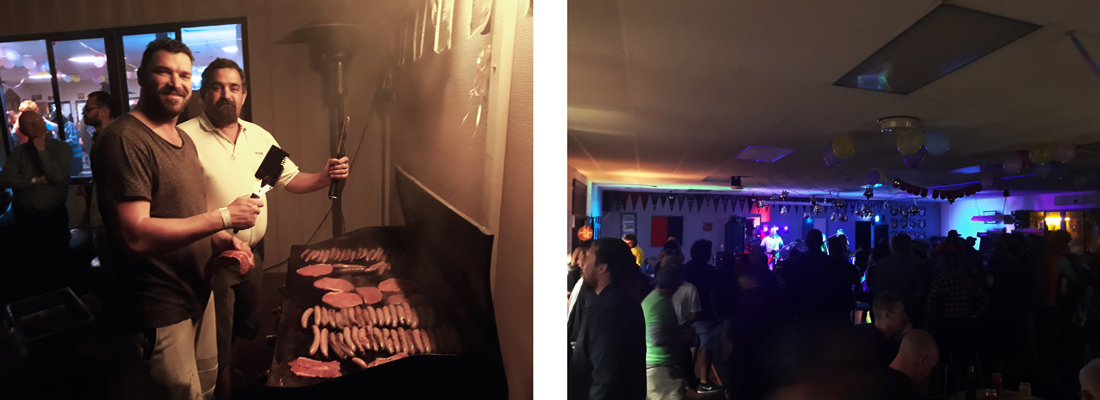For the past five years, BADGE has been part of an Indigenous construction venture called NACP Projects Australia. It’s a pleasure to work with an organisation that builds great facilities and channels the proceeds back into the development of Indigenous communities. The NACP Projects Australia portfolio has been going from strength to strength lately, and we recently wrapped up our most demanding project yet – a major infrastructure development for the Department of Defence in Woomera, South Australia.
The project was a memorable one for a number of reasons. We worked with uniquely technical infrastructure, we overcame huge logistical challenges to work in such a remote location, and we developed plenty of strong relationships along the way.
So first of all, what did we actually build?
Range
The project started with the construction of three buildings at a range nearly 500km out of Adelaide.
The state of the art facility will allow complex Defence activities to occur simultaneously while maintaining independence from each other. The facility has the latest in electronic and physical security, and was built to meet the highest standards demanded by the Department of Defence.
This project involved installing a considerable amount of communications equipment and capability while still maintaining the existing operating systems to support the legacy systems. A new Maintenance Storage Facility (MSF) also enabled parking for vehicles and equipment.
Remote instrumentation sites
We faced an even greater challenge when it came time to venture beyond the range base and construct remote instrumentation sites. These were spread over a large area – so we needed to be well-coordinated and work efficiently. Three additional sites were constructed outside the range but still within the Woomera Prohibited Area.
Each instrumentation site required a hardstand to be built inside a compound, including an earthing service. Our team erected fencing around each hardstand and added a communication box for connectivity between the instrumentation site and the range base.
To bring the new instrumentation sites online, we needed to extend the existing communication connections to reach each site, which we achieved by laying new fibre deep underground – after ploughing, breaking through rock, and excavating rocks the size of a hatchback car!
The instrumentation sites also had to be accessible via the road network around the range, so roadworks were another important part of the job. We constructed new roads across difficult terrain, sometimes crossing creeks, and performed regular maintenance on existing roads to offset the pressure from our heavy vehicles. We built nearly 20km of road in total.
Between the site compounds and the roadworks, we used 132kt of rubble on the project. That’s enough to fill 4,072 semi-trailers – which would stretch 90km if you parked them back-to-back.
Going the distance
On a remote site, there are so many things to think about beyond just building.
We’re always responsible for trade contractors doing what they do best – but on this project, if anyone left tools, materials or even their lunch behind at the accommodation, it would result in significant delays and lost productivity. We had to make sure everyone made it to the site on time and fully prepared, because there are no hardware stores or cafés on the range! You also won’t find any mechanics, so we had to be ready to make running repairs to our vehicles whenever they took damage.
Air travel was a key factor in the movement of personnel on the project. Services were limited given the remote location, and schedules also changed all the time, so it didn’t take much to put serious pressure on our finely-tuned roster. We needed to constantly review and adjust this in response to flight changes, to make sure we had enough coverage on the site at all times.
Likewise, it’s a far bigger deal on a remote site if one trade runs late by a day or two. The next lot of trades have already come a long way, so in this case they’d need to wait in Woomera doing nothing until the prior trade is completed and they can get on site. We really had to stay a few steps ahead of the programme to identify any issues before they hit, and exercise stringent management on site.
Reaching out to the locals
We don’t just enter a project focused on the needs of our client – we’re also serious about community engagement. This is especially important when we base ourselves in a closely-knit regional community like Woomera. On the construction site, we worked closely with the Kokatha people (the traditional owners of the Woomera area) to inform our delivery process, while back in town our people sponsored and volunteered at several events in support of the local community.
One of the best events was a fundraiser band night at the local sports club, which is run completely by volunteers and can’t rely on bar takings alone. NACP supported and supplied food and prepared it for 150 people while local rockers the Krazy Kats provided the soundtrack. The night was a big success – the sports club’s biggest event in 5 years – with $7000 raised towards a bathroom renovation and future community events. It was an awesome result and we were lucky enough to be recognised with a plaque behind the bar.
Getting to know the locals and sharing some good times with them really capped off a great project which took place a long way from home for most of us.
Bring on the next one!
Browse more BADGE Blog posts






